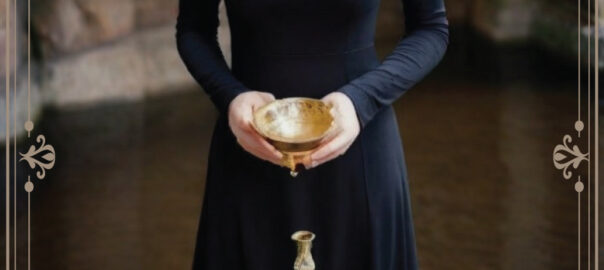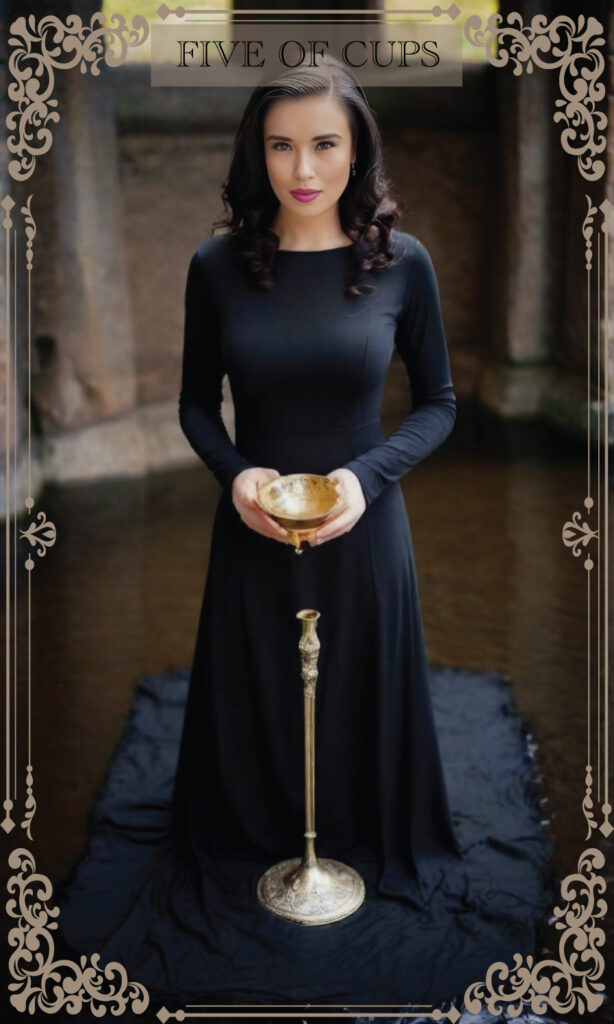
Every Sunday, as part of my cherished tradition, I draw a tarot card from my deck. Today, I pulled the World card. This card symbolizes completion, accomplishment, and the fulfillment of a cycle. It suggests that I have reached a significant milestone in my journey and am now ready to move forward to the next phase of my life. The World card represents harmony and balance, signifying that all the pieces are coming together.
Understanding the World Card
The World card is the final card of the Major Arcana, representing the end of a cycle of life and the pause before the next big cycle begins. When I draw the World card, it indicates that I am exactly where I am meant to be on my path. This card brings a message of success, achievement, and recognition for my efforts. It is a reminder that I have the strength and wisdom to overcome any obstacles and that my hard work will soon pay off.
Applying Cognitive Behavioral Therapy (CBT)
CBT is a type of psychotherapy that helps individuals change negative thought patterns and behaviors. By drawing the World card, I can use CBT techniques to reinforce positive thinking and behavior. Reflecting on my recent achievements helps me recognize the progress I’ve made. I challenge any negative thoughts that undermine my success and replace them with positive affirmations. For example, if I think, “I can’t handle the next challenge,” I reframe it as, “I have successfully overcome challenges before, and I can do it again.”
Fear has always been a challenge for me. When fear sneaks in, it often alters my destination, making me hesitate or change my plans. Through the guidance of the World card and the application of CBT, I can confront these fears more effectively. I recognize that fear is a natural part of the journey, but it doesn’t have to control my actions. By identifying and challenging my fearful thoughts, I can prevent them from derailing my progress. For instance, instead of letting fear dictate my choices, I can ask myself, “What evidence do I have that supports this fear?” and “What can I do to mitigate this fear?”
Incorporating Metacognitive Therapy
Metacognitive therapy focuses on understanding and controlling thought processes. When reflecting on the World card, I pay attention to how I think about my achievements and future goals. Am I worried about what comes next, or do I feel confident and prepared? I use metacognitive strategies to shift my focus from worry to constructive planning. I acknowledge my accomplishments and remind myself of my capability to continue succeeding. I plan my next steps with confidence, knowing that I have the skills and resources to achieve my goals.
Personal Reflection and Growth
Drawing the World card today serves as a powerful reminder of my journey and the progress I’ve made. It feels like a moment of clarity and affirmation, validating the hard work and dedication I’ve invested in my personal and professional life. This card is a testament to the many challenges I’ve faced and overcome, and it encourages me to celebrate my achievements, no matter how small they may seem.
I reflect on the goals I’ve set and the dreams I’ve pursued. The World card tells me that I am on the right path and that my efforts are paying off. It encourages me to take a moment to appreciate the present, to acknowledge the balance and harmony I have created in my life. This card is a nudge to embrace the journey with gratitude and to look forward to the future with optimism and confidence.
Conclusion
Drawing the World card today is not just a random pull; it’s a meaningful affirmation of my journey and the progress I’ve made. By integrating the principles of CBT and metacognitive therapy, I can maintain a positive mindset and stay focused on my goals. Embracing this moment of completion, I use it as a foundation for my next adventure. I am reminded that I have the power to create my own path and achieve my dreams. The World card is a symbol of my journey, a testament to my resilience, and an invitation to continue growing and evolving.


